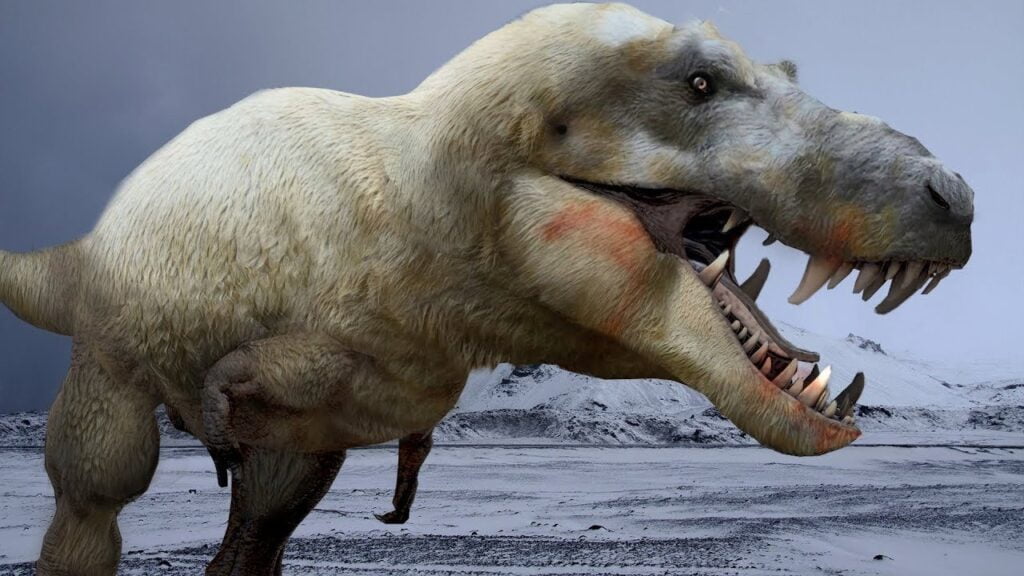Antarctica was home to dinosaurs and large, ice-free forests. Although the continent has undergone enormous changes
Antarctica was home to dinosaurs and a very green place, during the Cretaceous period, about 90 million years ago.
According to a study published in the journal Nature, there were lush forests inhabited by different types of dinosaurs.
According to researchers, the Earth was much warmer in that period than it is today. The South Pole was ice-free for more than 80 million years. In the Cretaceous, high levels of carbon dioxide meant that Antarctica had many plants, birds and dinosaurs.
Scientists reached these conclusions based on fossils of reptiles, shells and ancient trees. According to Brian Huber, a paleontologist at the Smithsonian Museum of Natural History, Antarctica was home to dinosaurs and had temperatures above 30 degrees Celsius. These favorable conditions allowed some of the largest dinosaurs in history, both herbivorous and marine, to live in Antarctica.

That warm climate in Antarctica occurred in the mid-Cretaceous. Researchers call it “the Cretaceous greenhouse”. According to scholars, the explosion of many volcanoes produced these high concentrations of carbon dioxide. So much volcanism caused the creation of the layer, with a greenhouse effect, which considerably warmed the Earth.
In light of this explanation, the question arises: if scientists are now constantly mentioning global warming and greenhouse gases, could this make Antarctica a tree-covered continent again?
Huber did not offer an absolute no to this possible scenario. To support his assertion, he clarified that, at present, contemporary societies release hundreds of thousands of tons of carbon dioxide in a few decades. This is far more than volcanoes emitted millions of years ago.
Research has shown that Antarctica is losing more and more ice. Therefore, the idea of the continent melting does not sound like science fiction. However, imagining Antarctica once again harboring large tracts of forest does.

